Home>Gardening & Outdoor>Landscaping Ideas>How To Get Rid Of Fungus In St. Augustine Grass
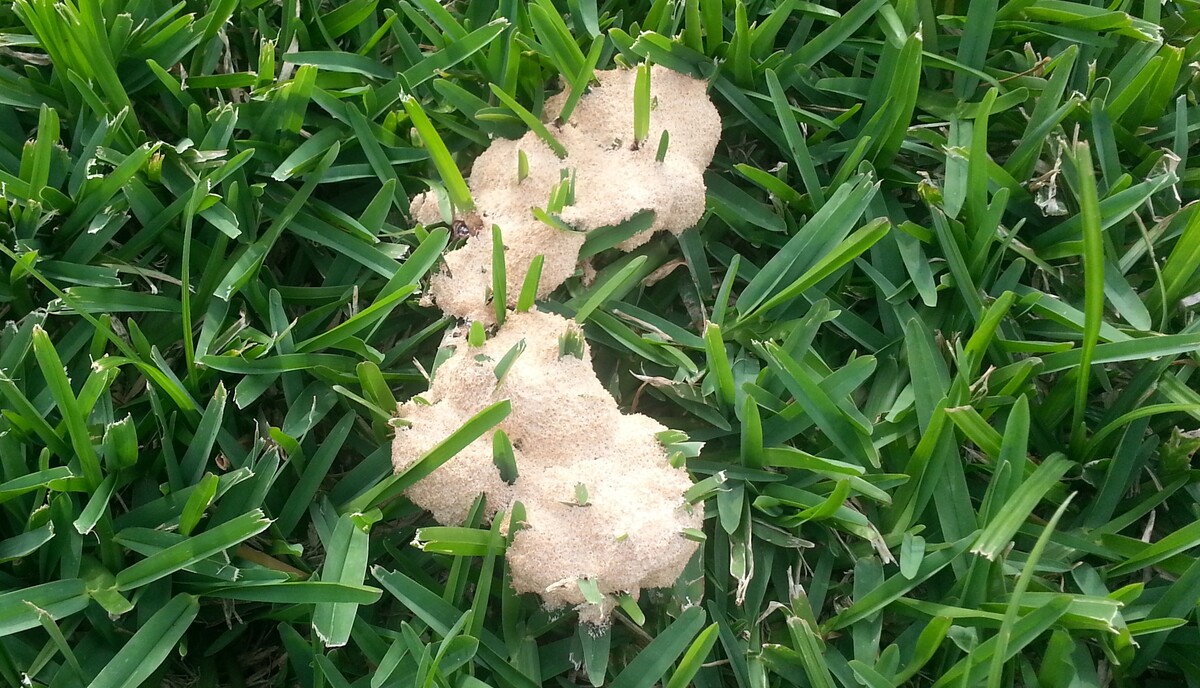

Landscaping Ideas
How To Get Rid Of Fungus In St. Augustine Grass
Modified: February 18, 2024
Learn effective landscaping ideas to eliminate fungus in St. Augustine grass. Discover expert tips for a healthy and vibrant lawn.
(Many of the links in this article redirect to a specific reviewed product. Your purchase of these products through affiliate links helps to generate commission for Storables.com, at no extra cost. Learn more)
Introduction
Maintaining a lush, vibrant lawn is a source of pride for many homeowners, but the presence of fungus in St. Augustine grass can quickly turn this dream into a nightmare. Fungal infections can wreak havoc on the health and appearance of your lawn, causing unsightly discoloration, wilting, and even death of the grass if left untreated. Fortunately, with the right knowledge and proactive measures, you can effectively combat and prevent fungal growth in your St. Augustine grass.
In this comprehensive guide, we will delve into the various types of fungus that commonly afflict St. Augustine grass, explore cultural practices for preventing fungal growth, discuss chemical treatments for fungal control, and uncover natural remedies that can help restore your lawn to its former glory. Whether you are dealing with brown patch, gray leaf spot, or any other fungal menace, arming yourself with the information in this guide will empower you to reclaim the health and beauty of your St. Augustine grass.
Let's embark on a journey to understand and combat the menace of fungal infections in St. Augustine grass, ensuring that your lawn remains a lush, inviting oasis for years to come.
Key Takeaways:
- Combat fungal infections in St. Augustine grass by maintaining proper lawn care practices, identifying specific fungal pathogens, and using chemical treatments or natural remedies for effective control.
- Create a resilient and visually captivating St. Augustine grass by integrating cultural practices, chemical treatments, and natural remedies into a comprehensive lawn care strategy. Vigilance and timely intervention are key to preventing the escalation of fungal infections.
Read more: How To Treat Fungus On St. Augustine Grass
Identifying the Fungus
Before implementing any control measures, it is crucial to accurately identify the type of fungus affecting your St. Augustine grass. Different fungal infections present distinct symptoms, and pinpointing the specific culprit will enable you to tailor your treatment approach effectively.
One common fungal adversary of St. Augustine grass is brown patch, characterized by circular or irregularly shaped patches of brown or tan grass. These patches can range from a few inches to several feet in diameter and are often surrounded by a dark, water-soaked ring. Gray leaf spot, another prevalent fungal disease, manifests as small, tan lesions with dark borders on the blades of grass, eventually causing them to wither and die.
Inspecting your lawn regularly for signs of fungal infection is essential for early detection and prompt intervention. Keep an eye out for discolored patches, thinning grass, and unusual lesions on the blades. Additionally, be mindful of environmental conditions that favor fungal growth, such as excessive moisture, poor air circulation, and prolonged periods of high humidity.
By familiarizing yourself with the distinct characteristics of common fungal infections, you can take the first step toward effectively combating these adversaries and safeguarding the health of your St. Augustine grass.
Cultural Practices for Preventing Fungal Growth
Implementing proactive cultural practices is a fundamental aspect of maintaining a healthy lawn and preventing the onset of fungal infections in St. Augustine grass. By adopting these practices, you can create an environment that is less conducive to fungal growth, promoting the vitality and resilience of your lawn.
1. Proper Lawn Maintenance: Regular mowing, appropriate fertilization, and adequate irrigation are essential for sustaining the vigor of St. Augustine grass. Mow at the recommended height for this grass variety to encourage dense growth and minimize stress on the plants. Additionally, follow a balanced fertilization schedule to ensure optimal nutrition without promoting excessive succulence, which can make the grass more susceptible to fungal attacks.
2. Adequate Air Circulation: Good air circulation is crucial for preventing moisture buildup and inhibiting fungal proliferation. Prune overhanging branches and thin out dense foliage to promote air movement throughout the lawn. This practice reduces the duration of leaf wetness, creating an inhospitable environment for fungal pathogens.
3. Proper Watering Techniques: Overly wet conditions can predispose St. Augustine grass to fungal infections. Water the lawn deeply but infrequently to encourage deep root growth and discourage surface moisture that can foster fungal growth. Irrigate in the early morning to allow the grass to dry quickly, minimizing the duration of leaf wetness.
4. Dethatching and Aeration: Periodic dethatching and aeration help alleviate soil compaction and improve drainage, reducing the likelihood of prolonged moisture retention. By enhancing soil aeration and drainage, these practices create an environment that is less favorable for fungal proliferation.
5. Disease-Resistant Varieties: When establishing or renovating your lawn, opt for disease-resistant cultivars of St. Augustine grass. These varieties exhibit enhanced resistance to fungal infections, providing an added layer of protection for your lawn.
By integrating these cultural practices into your lawn care regimen, you can fortify the defenses of your St. Augustine grass against fungal threats, fostering a lush, resilient, and disease-resistant lawn.
To get rid of fungus in St. Augustine grass, avoid overwatering, improve air circulation, and use a fungicide specifically designed for St. Augustine grass.
Chemical Treatments for Fungal Control
When faced with severe or recurring fungal infections in St. Augustine grass, chemical treatments can serve as a valuable tool for suppressing and managing these troublesome adversaries. Fungicides formulated specifically for controlling fungal diseases in turfgrass can effectively combat the pathogens responsible for damaging your lawn.
1. Selecting the Right Fungicide: Before applying any fungicidal treatment, accurately identify the type of fungus affecting your St. Augustine grass. Different fungicides are formulated to target specific fungal pathogens, so choosing the appropriate product is crucial for achieving effective control. Consult with a local extension office or a knowledgeable professional to determine the most suitable fungicide for your specific situation.
2. Application Timing and Frequency: Fungicides should be applied according to the manufacturer’s instructions and at the recommended timing to maximize their efficacy. In many cases, preventive applications before the onset of favorable conditions for fungal growth can be beneficial. However, if an outbreak occurs, prompt treatment with fungicides may be necessary to halt the spread of the infection.
3. Proper Application Techniques: Ensure thorough coverage of the targeted area when applying fungicides. Use calibrated equipment to achieve uniform distribution and adequate penetration of the product into the turfgrass canopy. Adhere to label instructions regarding application rates and safety precautions to optimize the effectiveness of the treatment while minimizing potential risks.
4. Considerations for Resistance Management: To mitigate the risk of fungicide resistance development in fungal populations, it is advisable to rotate between different classes of fungicides with distinct modes of action. This approach helps prevent the proliferation of resistant strains and prolongs the efficacy of available fungicidal options.
5. Integrated Pest Management (IPM): Incorporating chemical treatments into a comprehensive IPM program can enhance their overall effectiveness. By combining fungicidal applications with cultural practices, such as proper lawn maintenance and environmental modification, you can create a holistic approach to fungal control that minimizes reliance on chemical interventions.
When employing chemical treatments for fungal control in St. Augustine grass, it is essential to exercise caution, follow label instructions meticulously, and consider the potential impacts on non-target organisms and the environment. By approaching chemical treatments judiciously and responsibly, you can effectively manage fungal infections while safeguarding the overall health and balance of your lawn ecosystem.
Natural Remedies for Fungal Control
For those seeking alternative approaches to managing fungal infections in St. Augustine grass, natural remedies offer a compelling and eco-friendly option. By harnessing the power of natural substances and ecological principles, you can combat fungal pathogens while promoting the overall health and resilience of your lawn.
1. Neem Oil: Derived from the neem tree, neem oil exhibits antifungal properties and can be an effective tool for controlling fungal diseases in turfgrass. When applied as a foliar spray, neem oil can help suppress fungal growth and protect the grass from infection. Additionally, neem oil has low toxicity to non-target organisms, making it a favorable choice for environmentally conscious homeowners.
2. Baking Soda Solution: A simple yet potent remedy, a baking soda solution can help manage fungal infections in St. Augustine grass. When applied at the first signs of fungal activity, a dilute solution of baking soda can inhibit the spread of the disease and promote the recovery of affected areas. This natural approach is particularly effective against powdery mildew and other fungal pathogens.
3. Organic Amendments: Incorporating organic amendments, such as compost and well-decomposed organic matter, into the soil can enhance its resilience and suppress the proliferation of fungal pathogens. Healthy, organically enriched soil fosters robust root systems and promotes the natural defense mechanisms of the grass, reducing its susceptibility to fungal infections.
4. Beneficial Microorganisms: Introducing beneficial microorganisms, such as mycorrhizal fungi and certain strains of bacteria, to the soil can bolster the natural disease resistance of St. Augustine grass. These beneficial organisms form symbiotic relationships with the grass roots, enhancing nutrient uptake and fortifying the plant’s defenses against fungal pathogens.
5. Cultural Practices: Natural remedies for fungal control are often complemented by sound cultural practices that promote the overall health and resilience of the lawn. Proper lawn maintenance, including appropriate mowing, watering, and fertilization, creates an environment that is less favorable for fungal proliferation, synergizing with natural remedies to bolster the defense mechanisms of the grass.
By integrating these natural remedies into your lawn care regimen, you can effectively combat fungal infections in St. Augustine grass while minimizing the environmental impact and promoting the long-term health and vitality of your lawn in a sustainable manner.
Conclusion
As a homeowner dedicated to preserving the beauty and health of your St. Augustine grass, combating fungal infections is a crucial aspect of lawn care. By understanding the distinct types of fungal pathogens that afflict this grass variety and implementing proactive measures, you can fortify your lawn against these troublesome adversaries and ensure its long-term vitality.
From the early identification of fungal infections to the adoption of cultural practices that promote resilience, each facet of fungal control plays a pivotal role in safeguarding the health and aesthetics of your lawn. Whether you opt for chemical treatments tailored to specific fungal pathogens or embrace natural remedies that harmonize with the ecological balance of your lawn, your proactive efforts will yield a vibrant and disease-resistant St. Augustine grass.
It is essential to approach fungal control holistically, integrating cultural practices, chemical treatments, and natural remedies into a comprehensive lawn care strategy. By doing so, you can create an environment that is inhospitable to fungal pathogens while nurturing the overall well-being of your St. Augustine grass.
Remember, vigilance and timely intervention are key to preventing the escalation of fungal infections and minimizing their impact on your lawn. Regular monitoring, appropriate maintenance, and a proactive approach to fungal control will empower you to maintain a lush, resilient, and visually captivating St. Augustine grass.
Armed with the insights and strategies outlined in this guide, you are well-equipped to navigate the challenges posed by fungal infections and cultivate a thriving lawn that serves as a source of pride and enjoyment for years to come.
Embrace the journey of nurturing your St. Augustine grass, and let the resilience and beauty of your lawn be a testament to your dedication and expertise in fungal control.
Frequently Asked Questions about How To Get Rid Of Fungus In St. Augustine Grass
Was this page helpful?
At Storables.com, we guarantee accurate and reliable information. Our content, validated by Expert Board Contributors, is crafted following stringent Editorial Policies. We're committed to providing you with well-researched, expert-backed insights for all your informational needs.
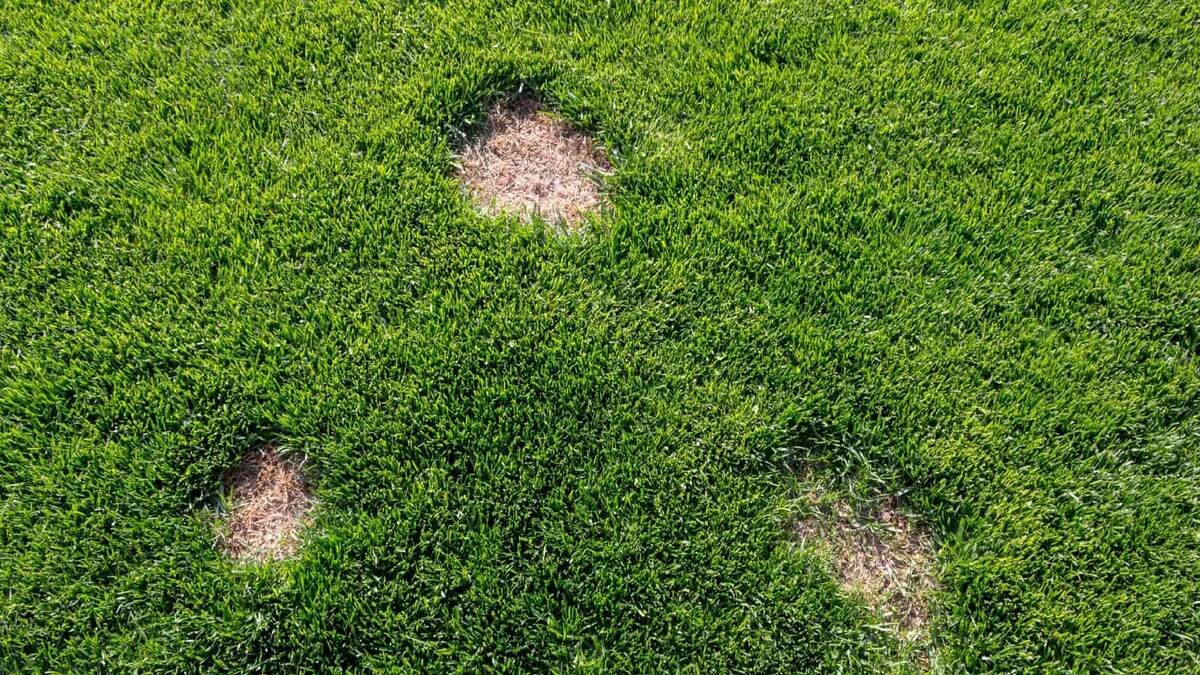
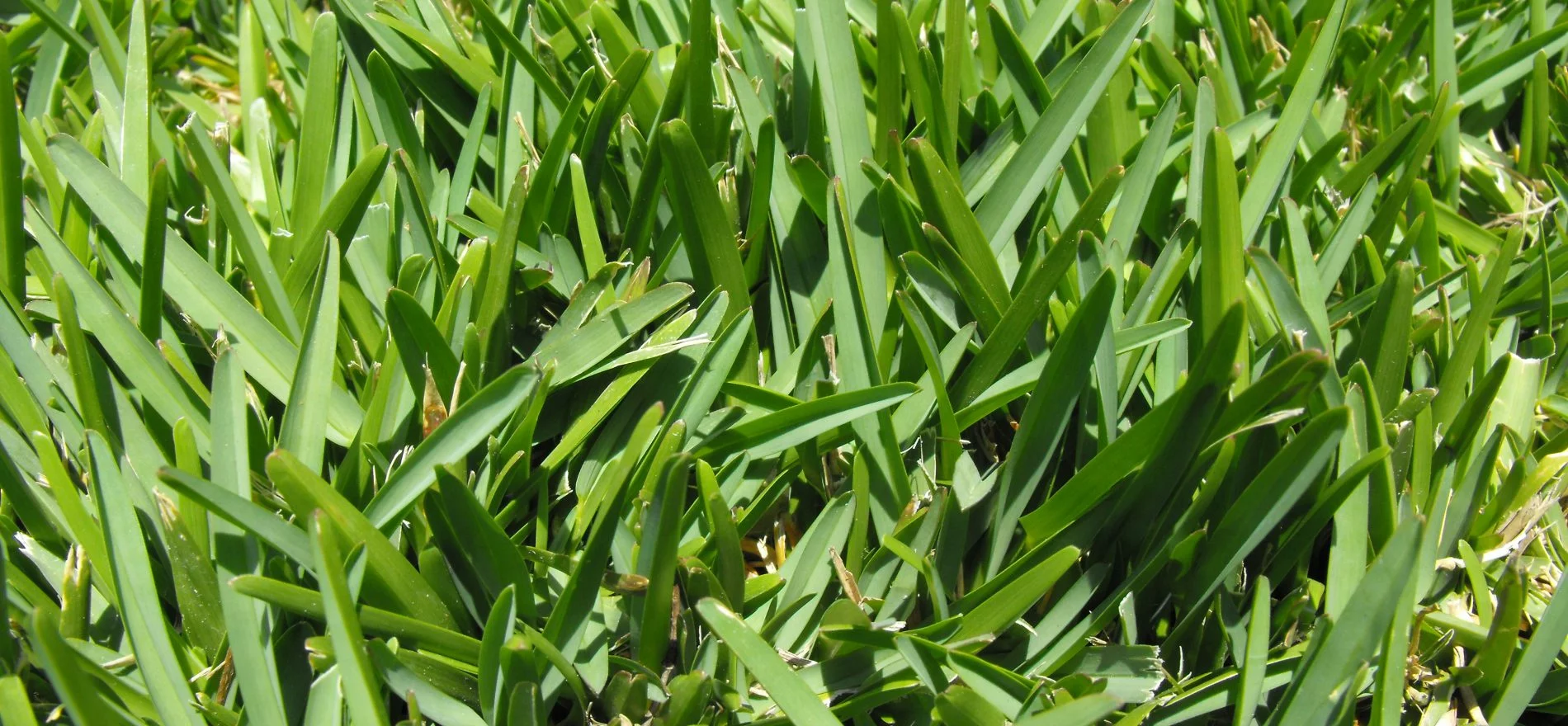
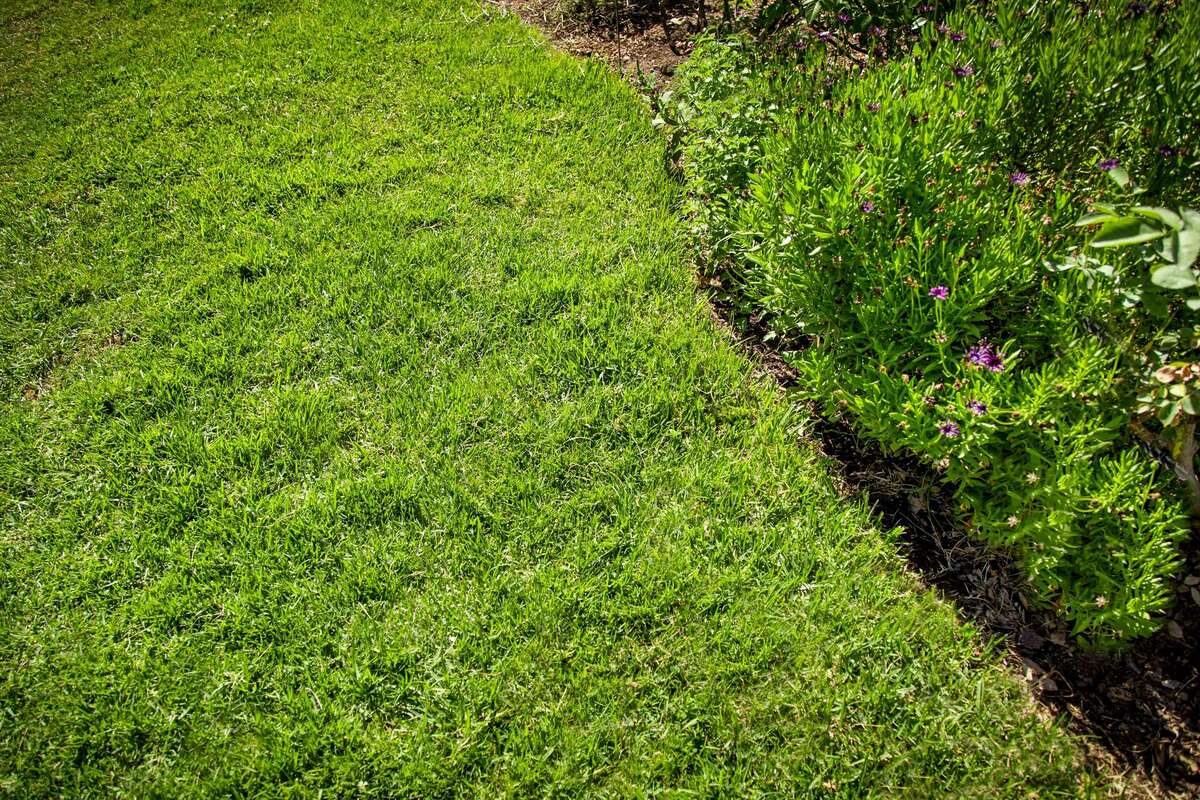
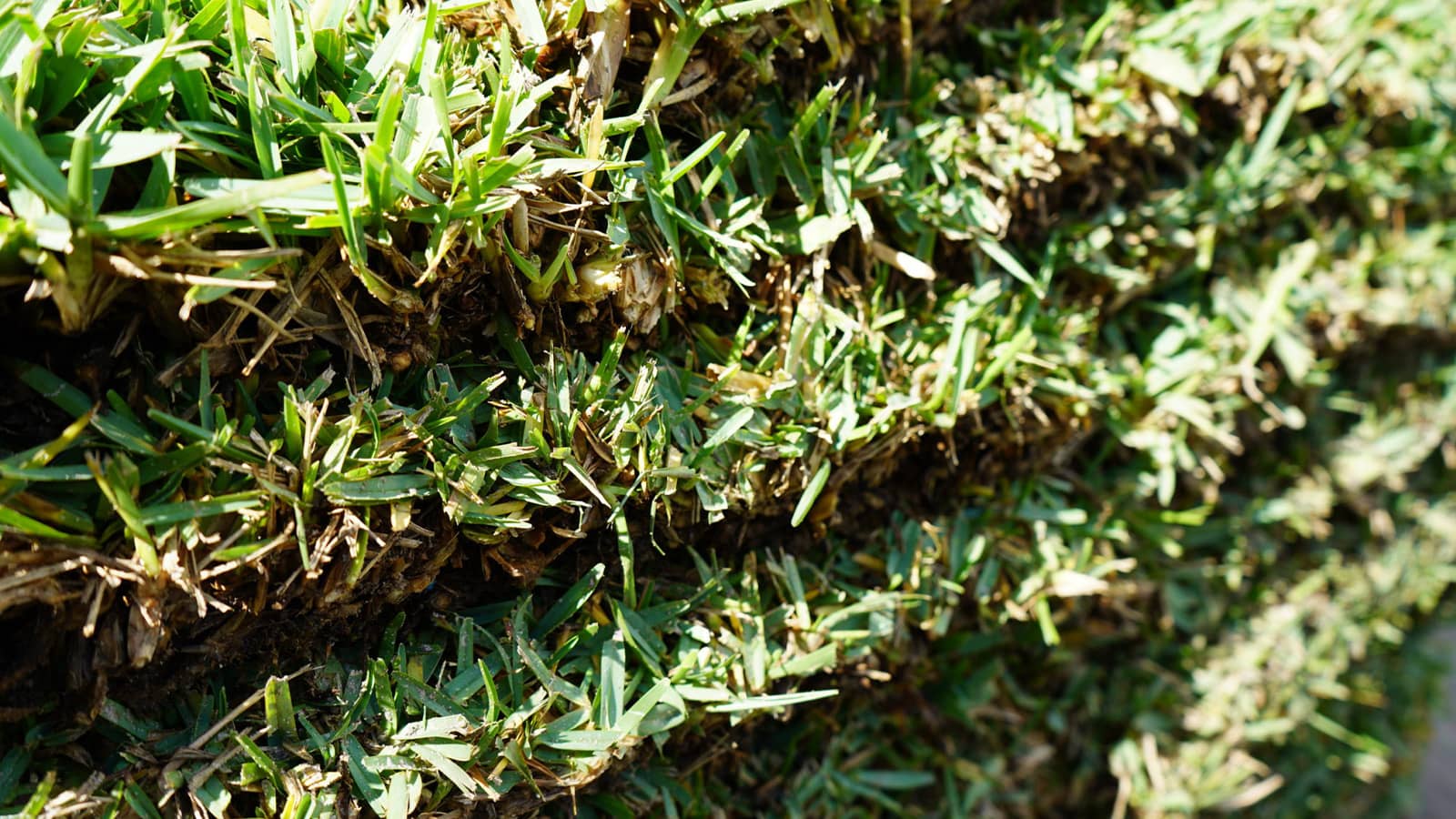
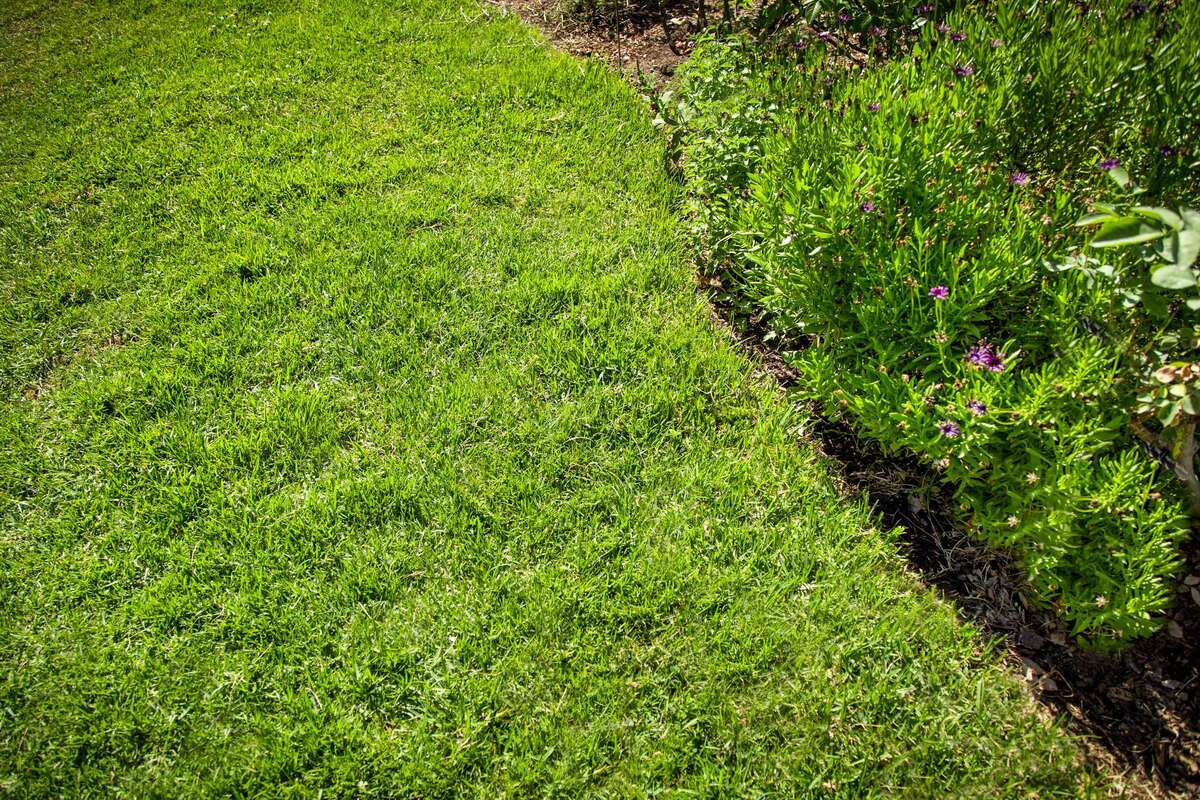
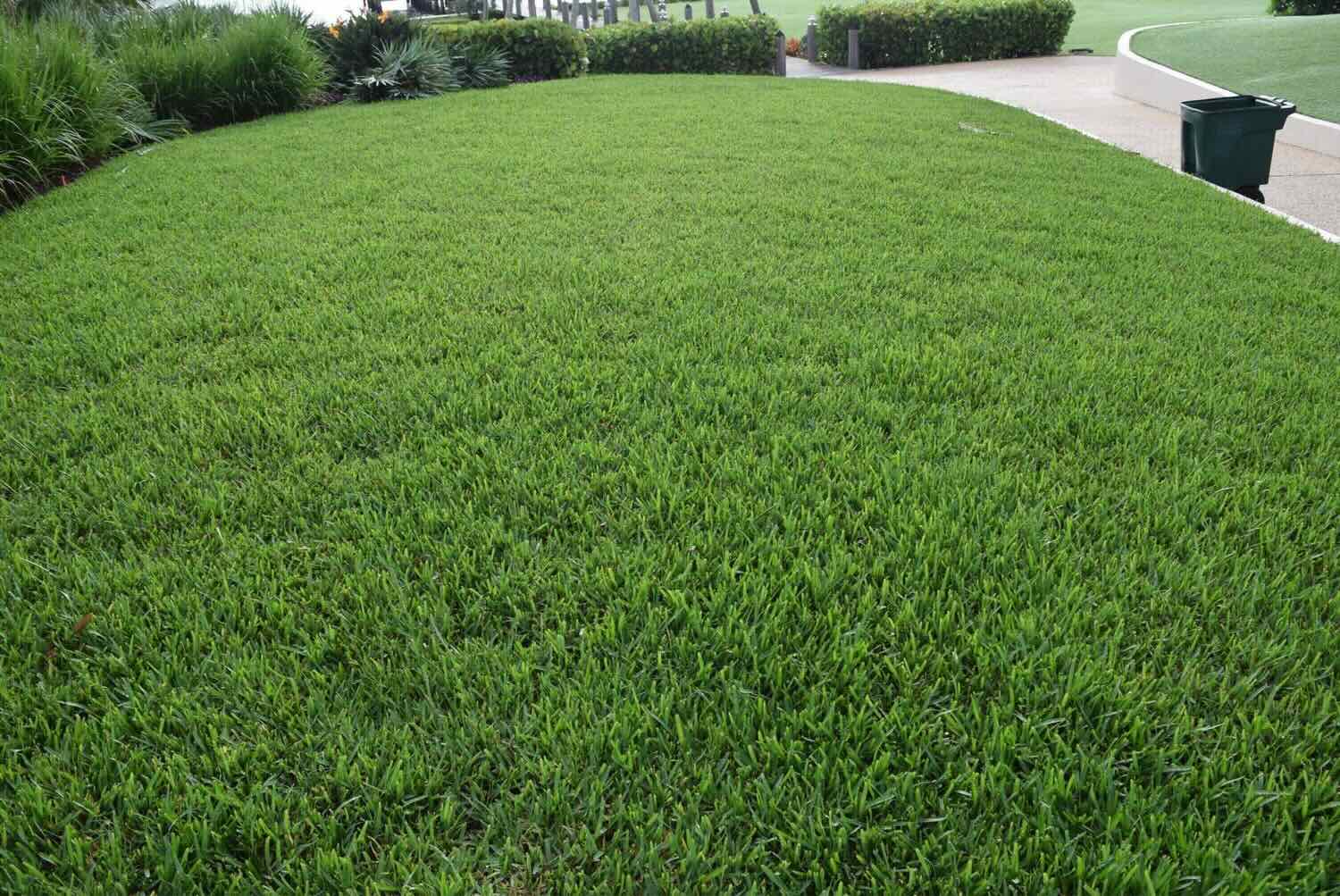
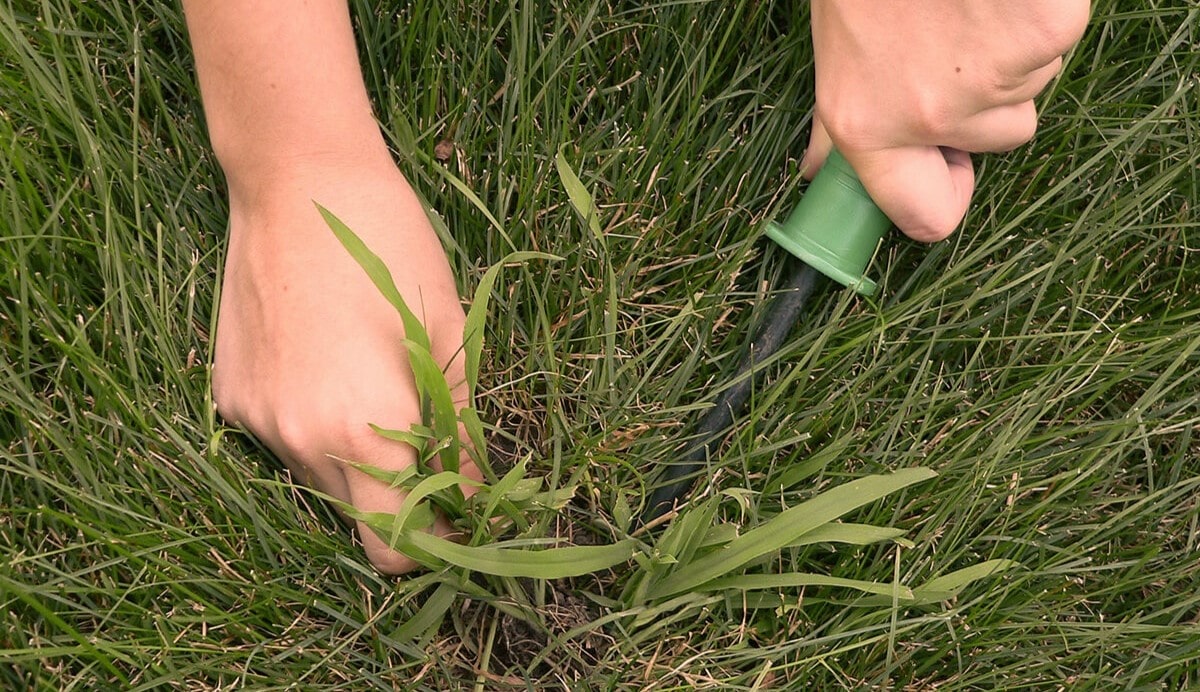
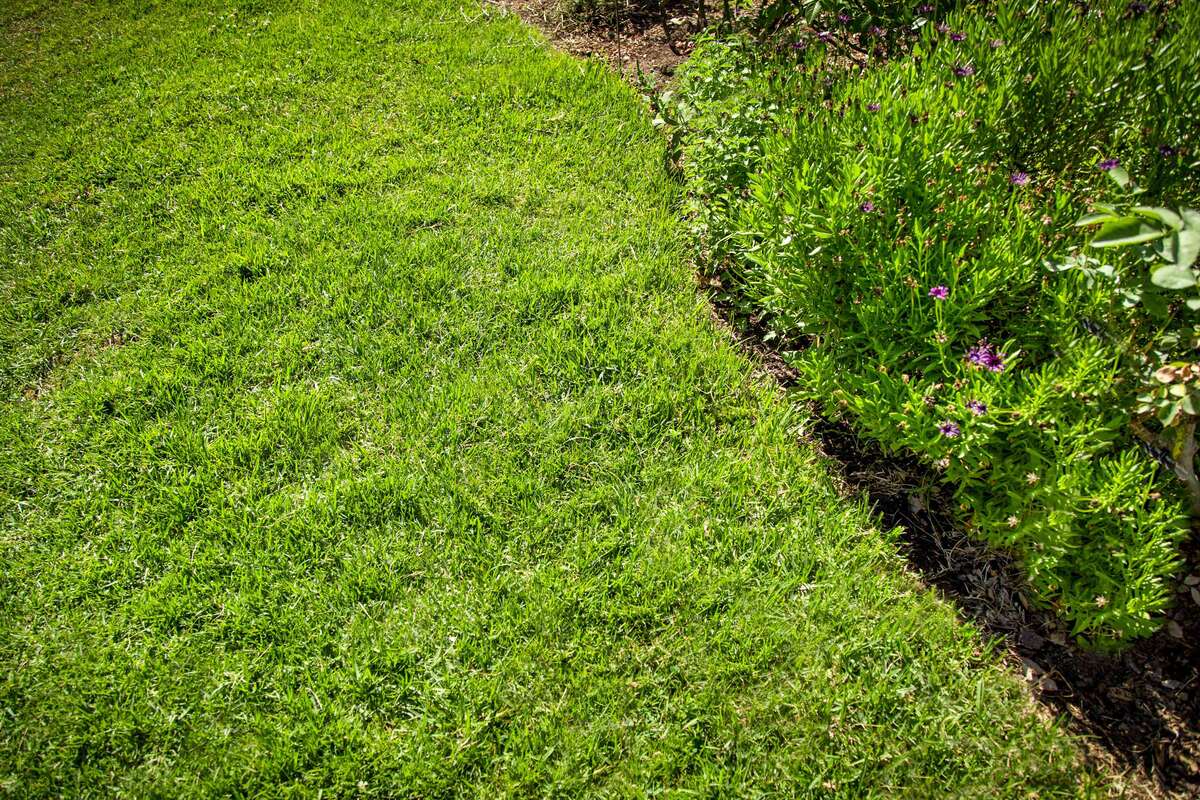
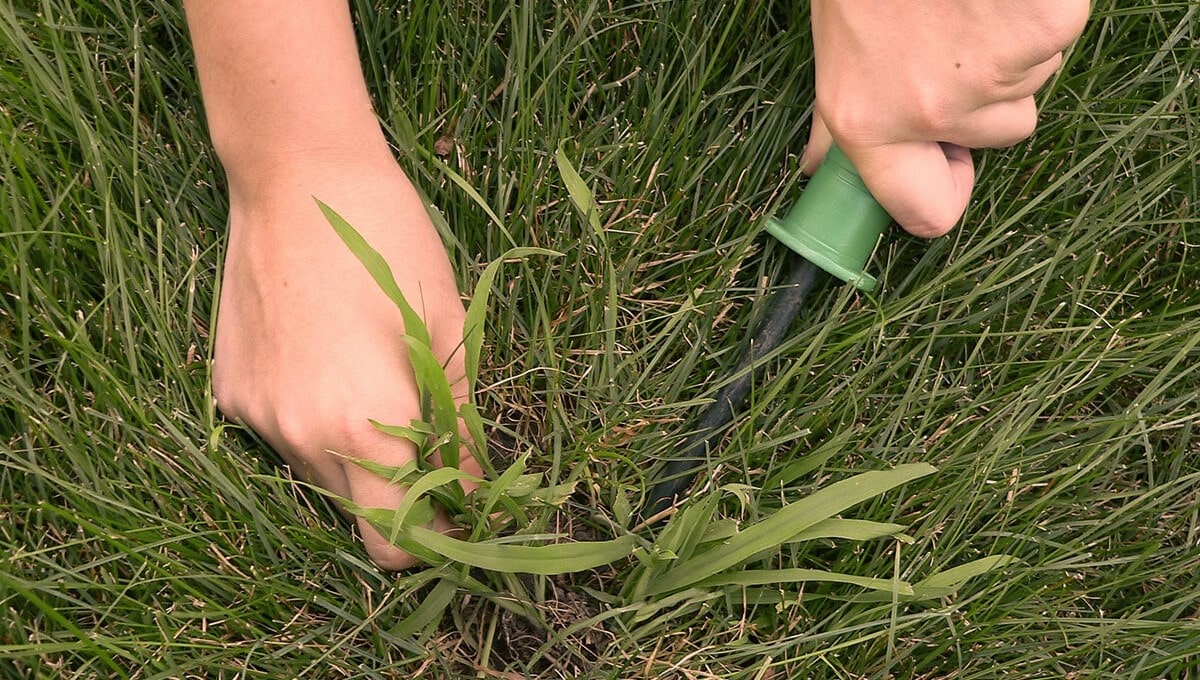
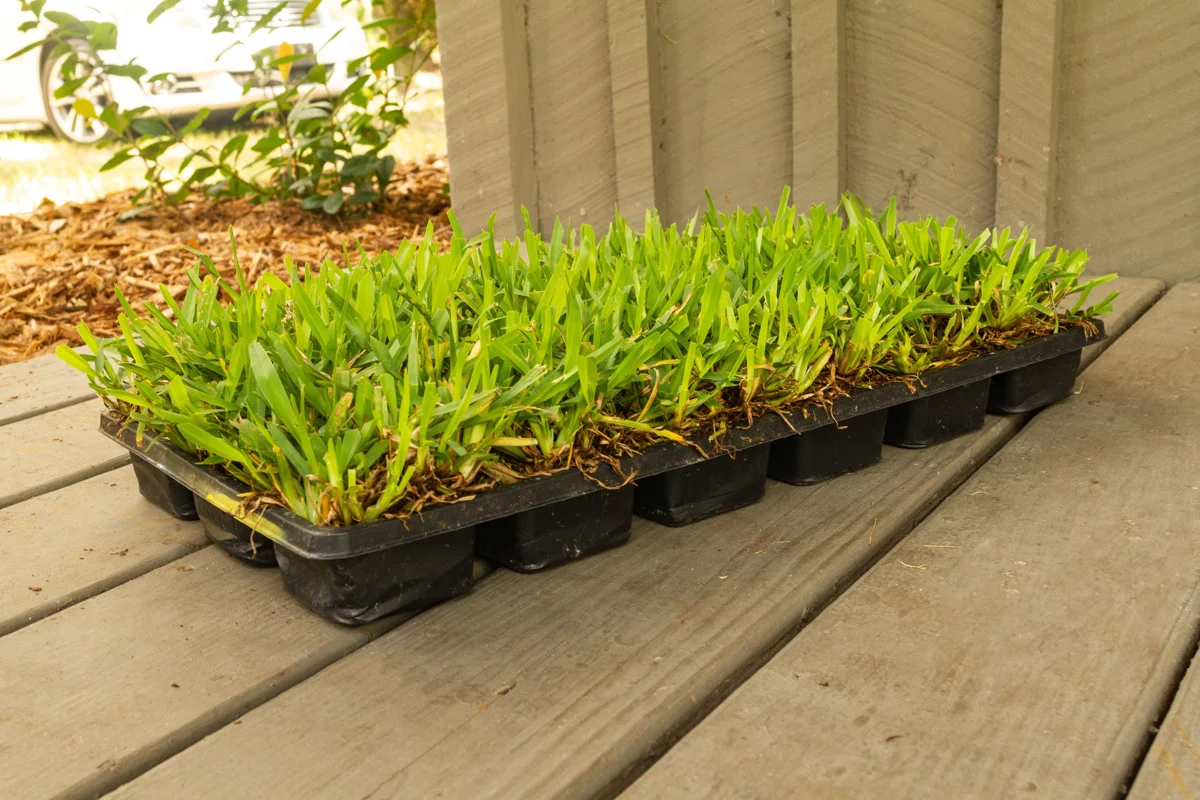
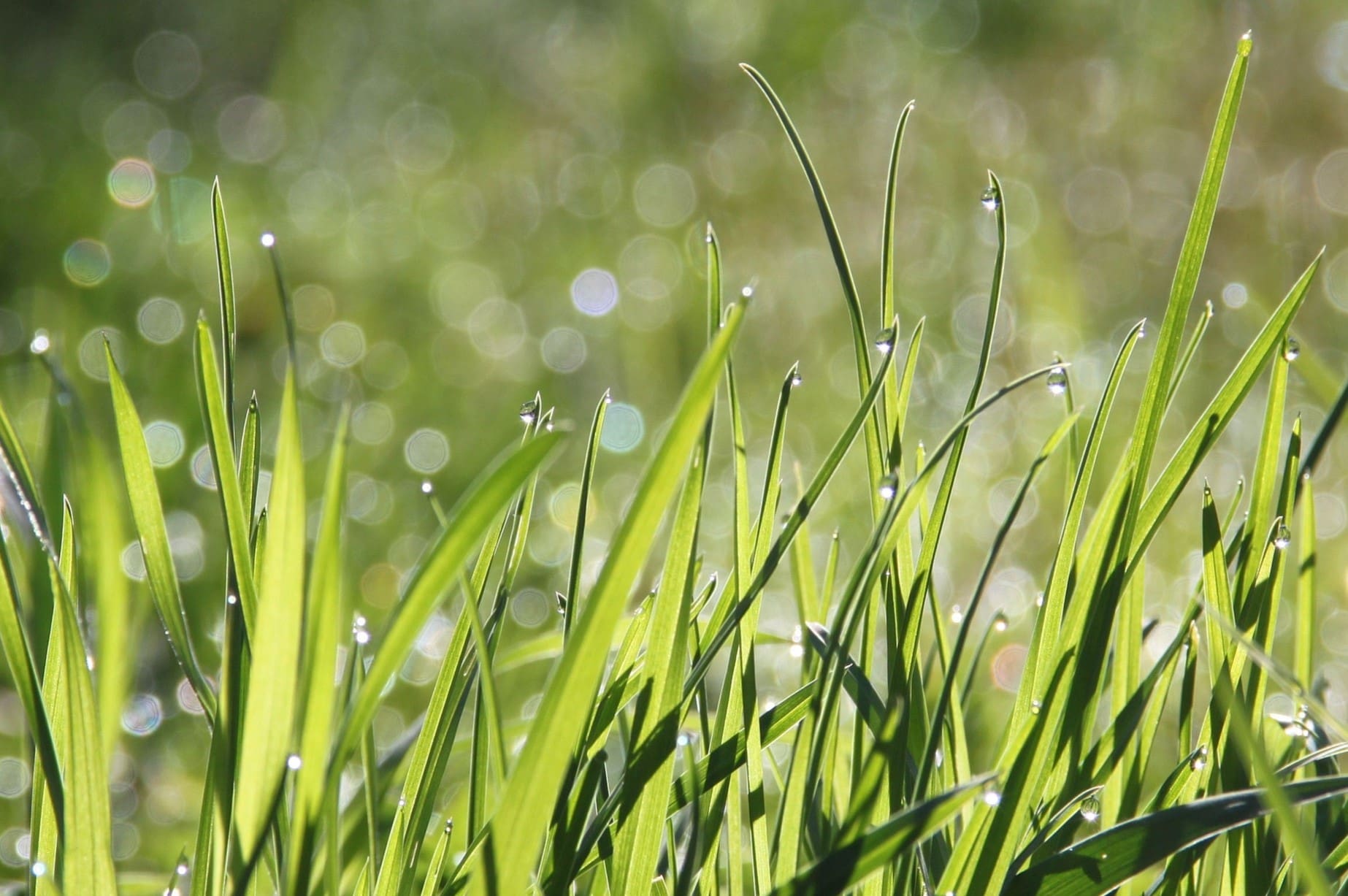
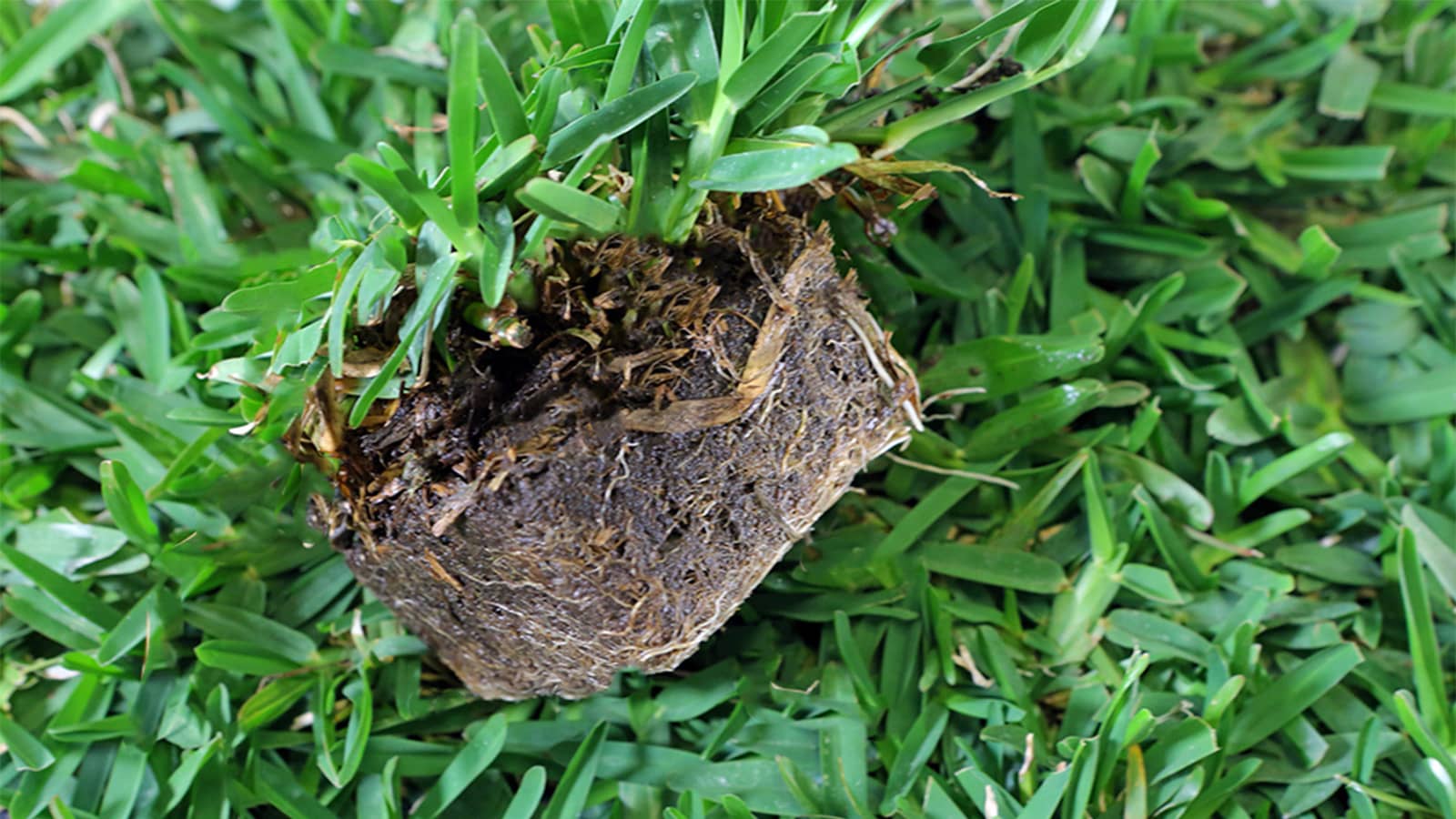
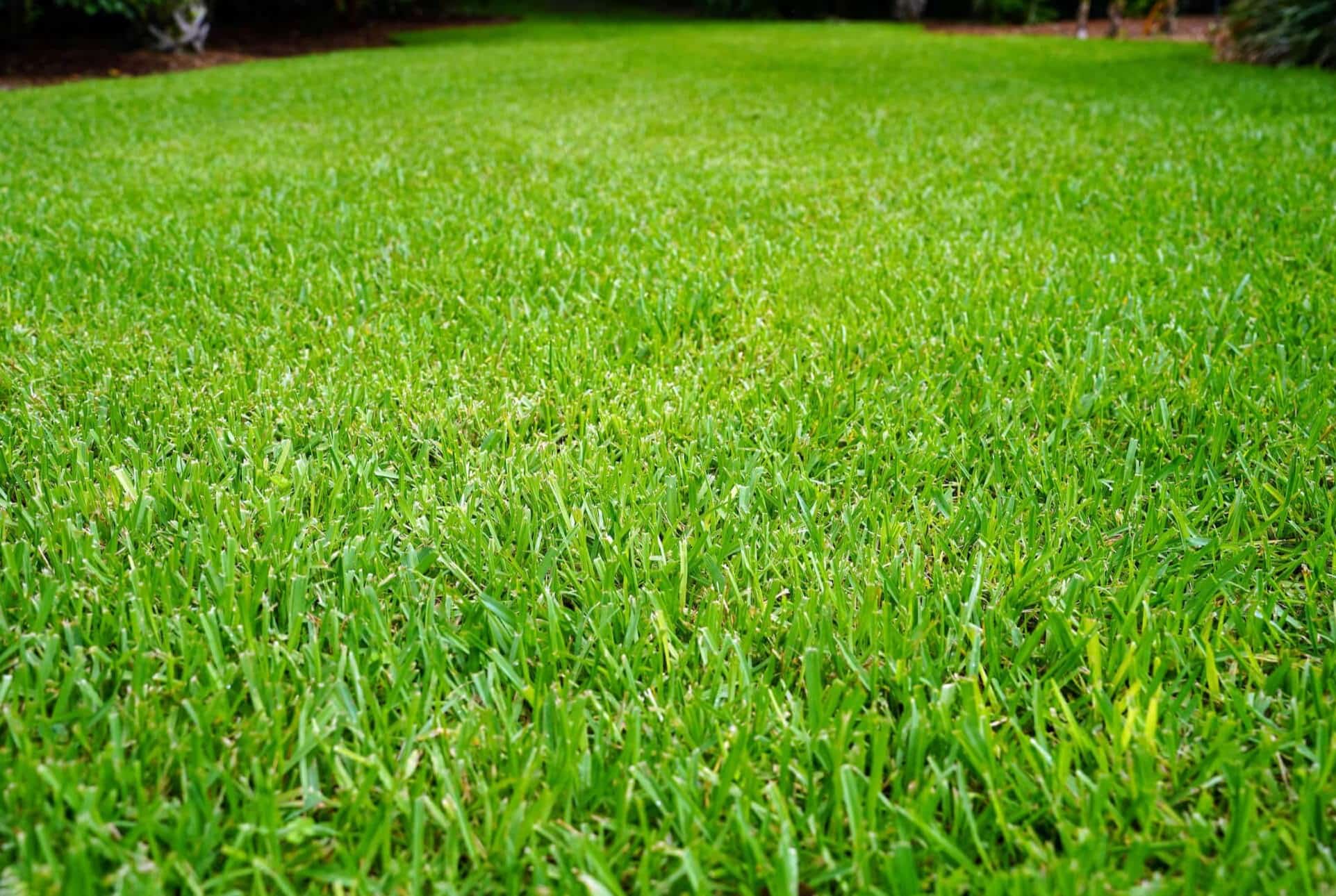
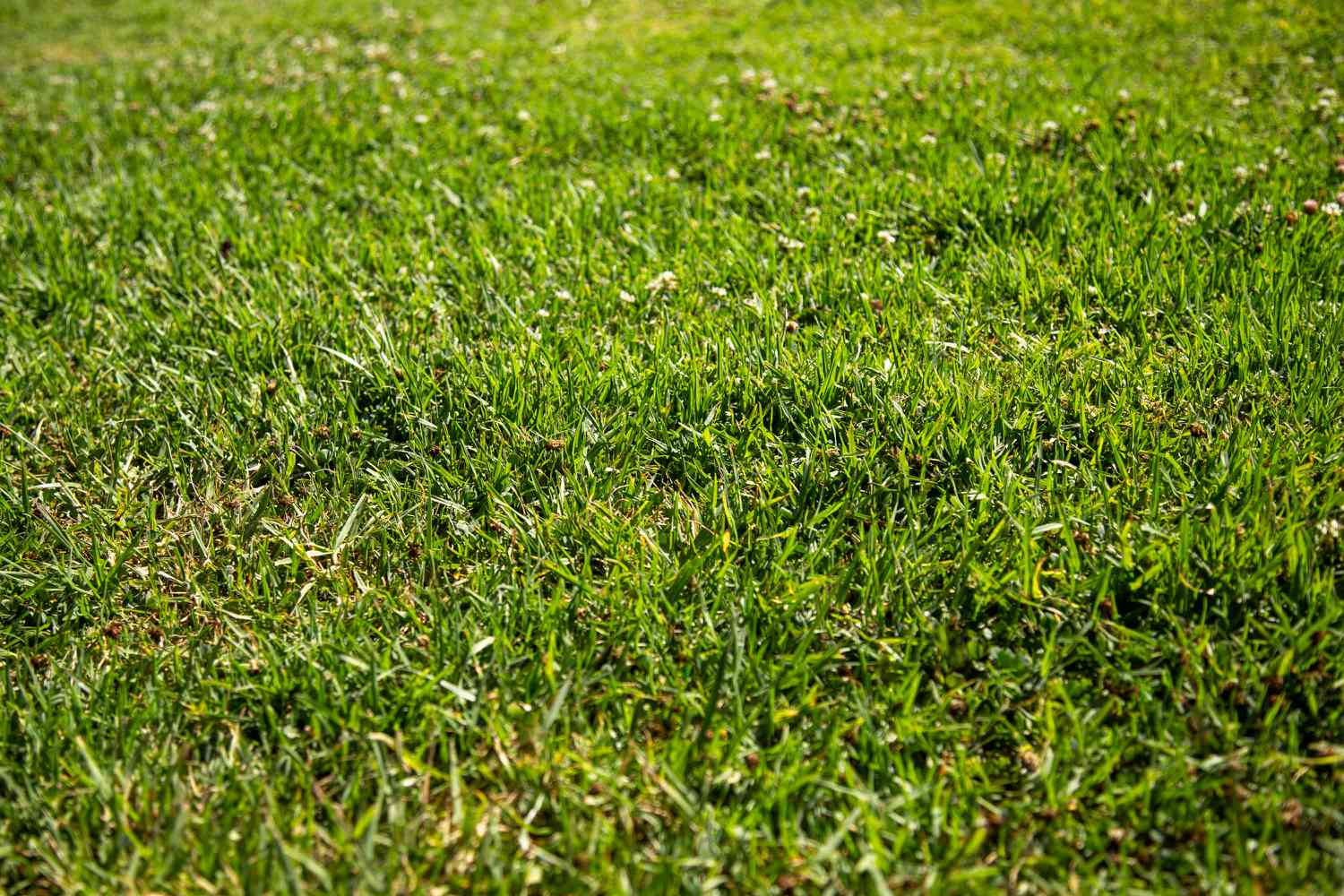

0 thoughts on “How To Get Rid Of Fungus In St. Augustine Grass”